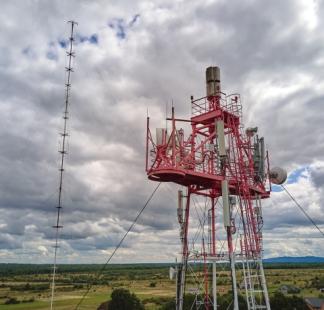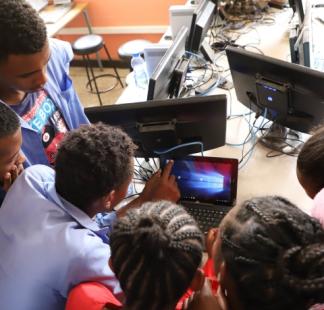- Daniela Gutierrez-Torres
Introductory
Event Organizer(s)

Description
This course helps policymakers understand the size and drivers of the mobile gender gap in low- and middle-income countries and provides insights and recommendations on how to improve digital inclusion for women.
The training is addressed only to regulators, government officials and policy makers in the telecommunications field.
None. Participants don’t require prior knowledge to take this course.
This course is open to:
- Regulators
- Policymakers
- Representatives from academia and international organisations working on regulatory or policy issues
Number of available places for the cohort: 100
Upon completion of this course, participants will be able to:
- Define what is the digital gender divide, the scale of the issue, the reasons behind the gender gap in mobile access and use and why it is critically important that action is taken to address it.
- Explain how gender perspectives can be integrated into strategies, policies, plans and budgets so they explicitly address women’s needs, circumstances and preferences;
- Describe how barriers such as affordability, safety and security concerns, literacy and digital skills, access, and the availability of relevant content can be addressed;
- Describe what governments are doing to improve women’s digital inclusion; and
- Develop an action plan for their own countries to reduce the mobile gender gap.
The course will also include a synchronous instructor intervention post self-study (1.5 hrs via Zoom- 21st November from 10:00 am to 11:30 GMT) following the completion of the self-study course . The content covered in the self-paced training course contains a presentation case studies, self-study materials including GSMA annual reports on the mobile gender gap and the creation of an action plan two days after the final day of the course.
The training will be assessed by the instructor with the creation of an action plan. The passing grade is 80%
Week 1 Session 1 Understanding the issue and the need for action
Key learning points
- Learn key concepts related to climate change and discuss the climate impacts of mobile technologies.
- Discuss how the mobile industry can reduce its impacts on climate change, focusing on energy efficiency and renewable energy.
- Define the gender gap in mobile access and use, and list the main factors which are causing it
- Outline the top barriers preventing women from owning and using mobile phones in low and middle-income countries (LMICs)
- Analyze the socio-economic opportunity of addressing the mobile gender gap
Week 2 Session 2
- Understanding the context
- Integrating a gender perspective into strategies, policies, plans and budgets
Key learning points
- Explain why gender-disaggregated data is important to collect
- Explore how gender-disaggregated data can be used to inform policy and strategy development.
- Examine why strategies and policies that explicitly address women’s needs are essential
- Discuss challenges associated with integrating a gender perspective
- Compare examples of how governments have integrated a gender perspective.
Week 3 Session 3
- Addressing the barriers
- Working together
Key learning points
Detail modalities of addressing the key barriers :
- Affordability
- Literacy and digital skills
- Safety and security concerns
- Access
- Relevance
Discuss strategies of working together to capture:
- The need for cooperation between all stakeholder
- The need for effective sharing of lessons learnt and good practice
Ask the Expert session for sessions 1 to 3 (1.5 hrs) via Zoom- 21st November from 10:00 am to 11:30 GMT
The participants will join the Ask the Expert session after completing the self-paced course to ask any questions about the course content and action plan
Weeks 4-5 Developing an action plan
The training will be assessed with the creation of an action plan with a passing grade of 80%











